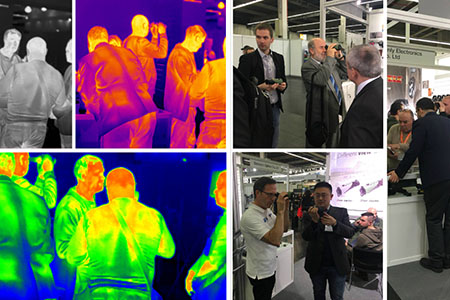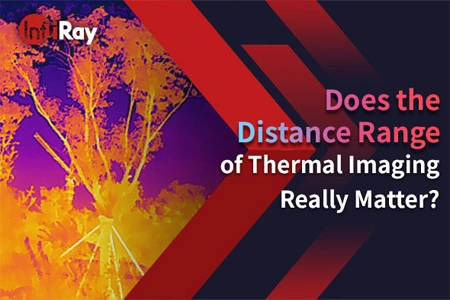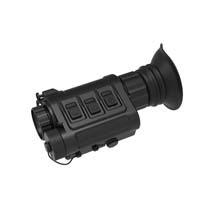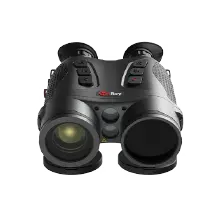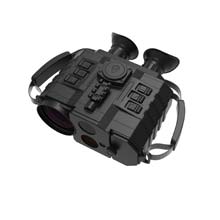How Drones with Thermal Cameras are Changing the Rescue
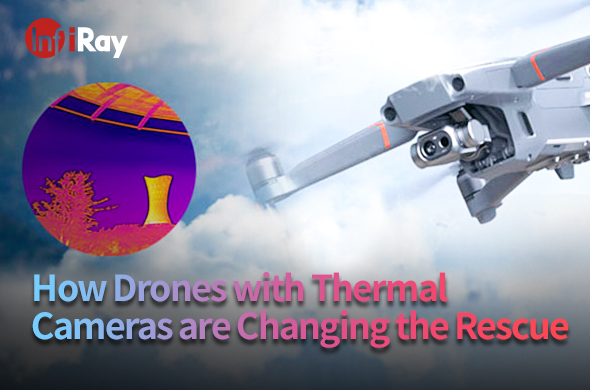
In today's rapidly advancing technological landscape, drones have emerged as versatile tools with the potential to transform various industries. One remarkable application of this technology is their integration with thermal cameras in rescue operations. The synergy between drones and thermal cameras has revolutionized the way search and rescue missions are conducted, providing unprecedented capabilities to locate and assist survivors efficiently. This article explores how drones equipped with thermal imaging cameras are reshaping the realm of rescue operations.
The Power of Aerial Assistance
Drones have carved a niche for themselves in the realm of search and rescue. Their rapid deployment and accessibility make them invaluable assets during emergencies. Unlike conventional methods that might take hours to mobilize, drones can be airborne within minutes, drastically reducing response times. Additionally, drones offer an aerial perspective that was once unattainable, covering large areas swiftly and comprehensively. This expanded field of vision enhances the likelihood of locating survivors and identifying hazards.
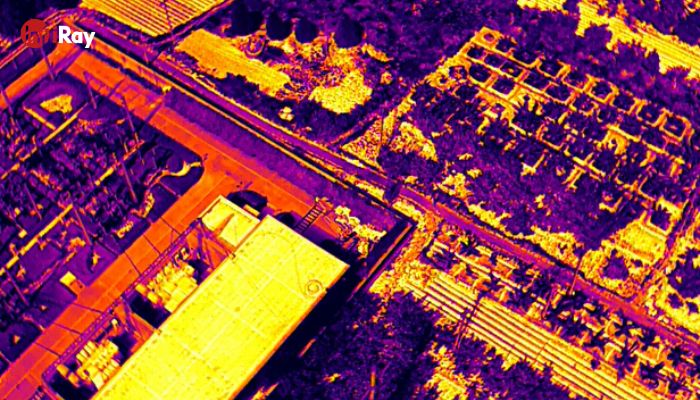
Unlocking the World of Thermal Imaging
Thermal cameras are the unsung heroes in this technological transformation. These cameras operate on the principle of capturing heat signatures emitted by objects, rendering them highly effective even in low-light conditions or scenarios with limited visibility. Unlike traditional cameras that rely on visible light, thermal imaging detects temperature differences, creating distinct thermal profiles for various objects.
A Multitude of Applications of Thermal Cameras
Thermal imaging technology finds applications across several sectors. From smart city surveillance to industrial monitoring, these cameras have already demonstrated their prowess. However, their integration with drones has unlocked a new dimension of possibilities, particularly in the domain of rescue operations. Extended reading: How Thermal Imaging Plays an Important Role in Search and Rescue.
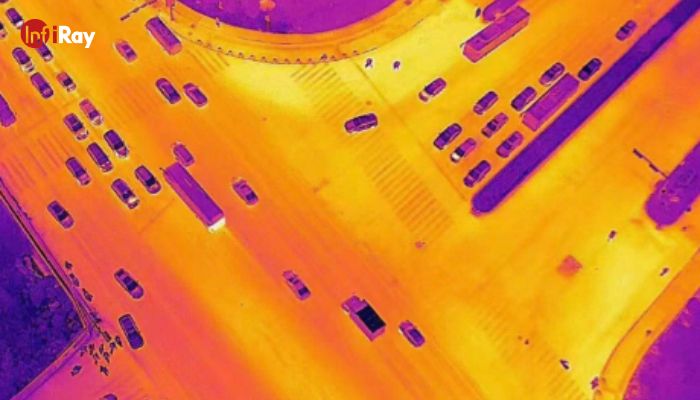
Enhanced Rescue Missions through Thermal Imaging
In the realm of search and rescue, time is often of the essence. Drones equipped with thermal cameras excel in scenarios where speed and accuracy are crucial. Consider an earthquake scenario: survivors might be trapped under debris at night, making their detection challenging. Here, thermal cameras can swiftly identify heat signatures associated with living beings, differentiating them from their surroundings. This capability expedites the process of locating survivors and dispatching rescue teams.
Applications in Real-world
The real-world impact of drones with thermal cameras is evident through numerous successful rescue missions. In earthquake-stricken areas, these drones have proven instrumental in pinpointing survivors trapped in collapsed buildings. Wilderness search and rescue missions have also witnessed enhanced efficiency, as drones can swiftly scan vast terrains, identify hikers or lost individuals, and guide ground teams accurately. Even urban fire incidents benefit from thermal imaging-equipped drones, which assist in identifying hotspots and locating potential survivors amidst the chaos.
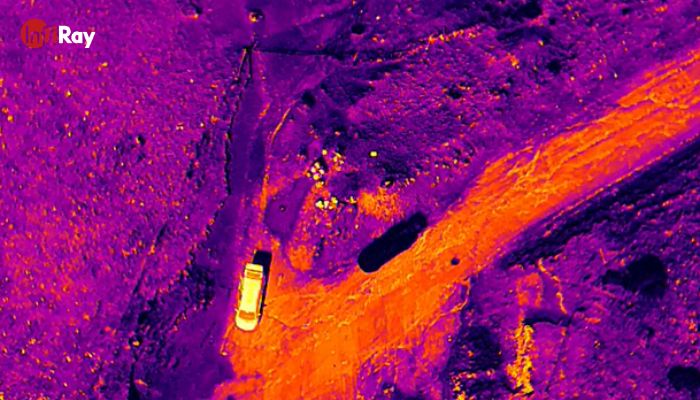
A Paradigm Shift in Rescue Strategies
The integration of drones and thermal cameras has triggered a paradigm shift in rescue strategies. Traditional methods often involve risky endeavors for human responders, particularly in treacherous terrains or hazardous environments. By deploying drones with thermal imaging cameras, the risk to human life is substantially reduced, as drones can access hard-to-reach or perilous locations without endangering responders. This shift prioritizes both the safety of rescue teams and the efficiency of operations. Find thermal imaging cameras that can be integrated into drones here.
Striking the Balance: Privacy and Innovation
As with any technological advancement, ethical considerations arise. The use of drones equipped with thermal cameras, though revolutionary, raises concerns about privacy and surveillance. Striking the right balance between public safety and individual privacy is essential. Regulatory frameworks are crucial in governing the responsible use of this technology during emergencies, ensuring that its potential is harnessed without compromising civil liberties.
Looking Ahead: Innovation on the Horizon
The evolution of drone and thermal camera technology is ongoing, promising even more remarkable advancements. Longer flight times, improved battery efficiency, and higher-resolution thermal imaging are on the horizon. Beyond rescue operations, these innovations hold potential in environmental monitoring, infrastructure inspection, and medical assistance in remote areas.
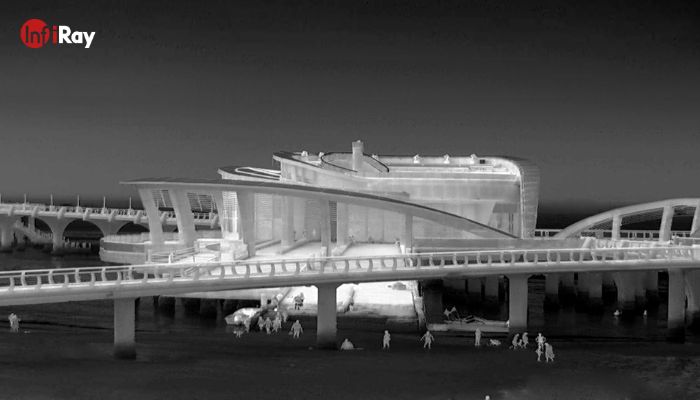
Taken by InfiRay's Ultra-clear Uncooled LWIR Camera Module
In conclusion, the collaboration between drones and thermal cameras has reshaped the landscape of rescue operations. The rapid deployment, aerial perspective, and thermal imaging capabilities of this duo have ushered in a new era of efficient and effective search and rescue missions. As technology continues to evolve, it is imperative that we harness these advancements responsibly, ensuring that lives are saved while upholding ethical standards.








